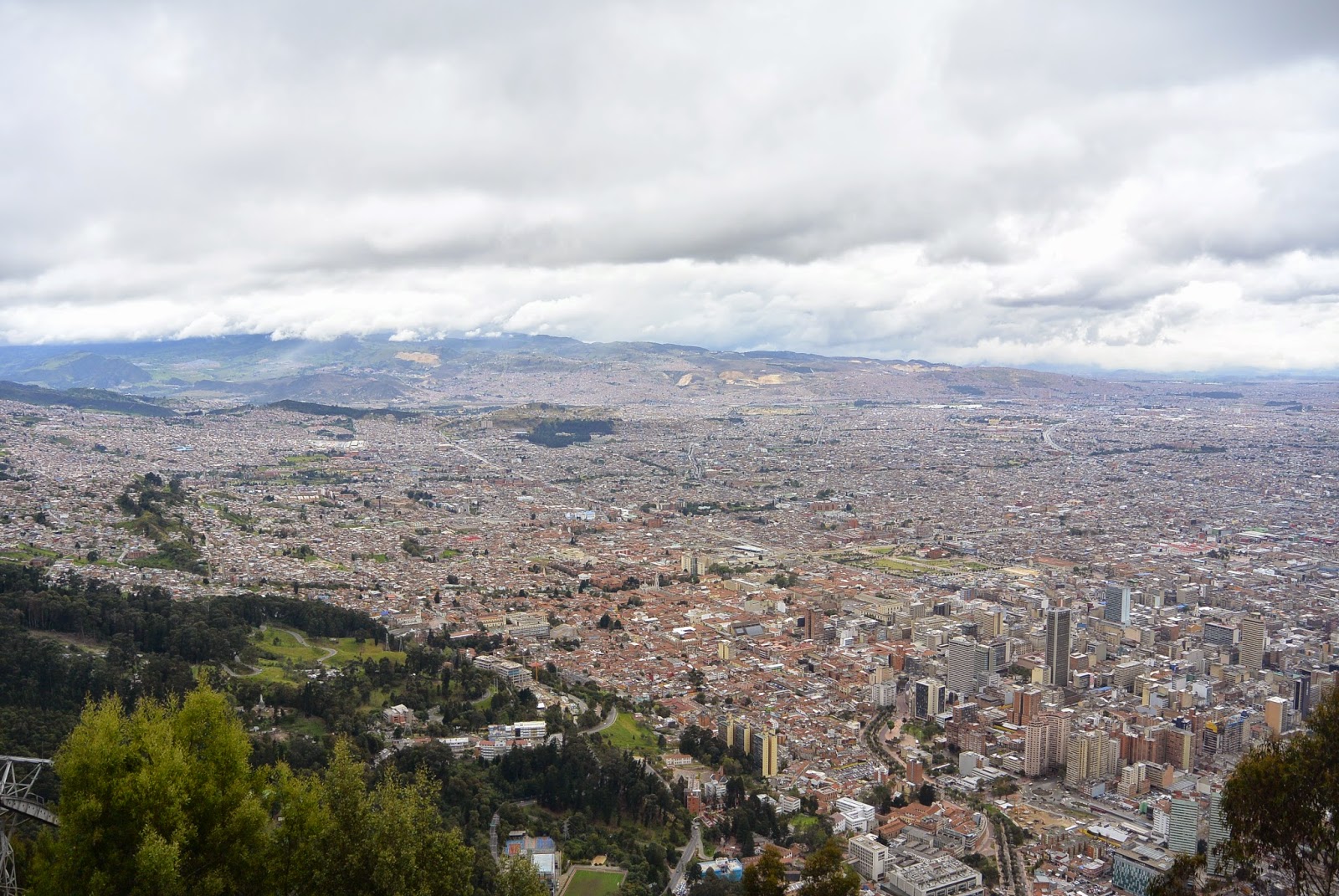We are just back from three days in the “Parque Nacional de la Macarena”, at the gates of the Amazon area of Colombia. We drove from Bogota to Villavicencio through an amazing road rushing down the steep mountains, very scenic but also vaguely ominous. then we took a small plane (eight seats) from Villavicencio to reach Macarena, a frontier town located at the entrance of the park.
The park has only been recently opened to tourism. It had been off limits for 25 years due to guerrilla activity in the region. But now everything is back to normal, and tourists start to flow in. The army is very present everywhere though. I guess they want to make sure nothing detrimental to the nascent tourism industry happens. The highlight of the park (also called Canos Cristales) is its rivers. Between July and November an aquatic plant blankets the bottom of the rivers and turns them into a crimson shade that is amazingly beautiful. People can swim there, I did not, I just put my feet in the water and it was a bit too cold for me. It was not really cold actually, but it was so hot outside that it felt very cold. There are beautiful cascades and water holes. We were with a Colombian couple; it was their first time there too. Actually the father of the woman had wanted to go there all his life but never been able to because of the political troubles. So her daughter had decided to come to fulfil the wish of her father.
The crimson rivers are a bit difficult to reach: we had to take a boat on a wide muddy river, then hop on a four wheels drive vehicle and then walk under a blaring sun, crossing streams and getting water up to our thighs sometimes. The hiking part was a bit hard on be due to the heat and some annoying blisters on my feet, I wish there had been more boat and car rides than hikes; but ecotourism is trendy nowadays, so my wish was only wishful thinking… Surprisingly, there were quite many visitors, most of them Colombians and sometimes the crimson rivers were a bit crowded… despite the fact that the park management claims to limit the number of visitors to 160 per day. Anyway, it was a beautiful trip.
Tomorrow we are heading to the Zona Cafetera, up in the mountains again, through the same steep scenic road. More on the next post!



















